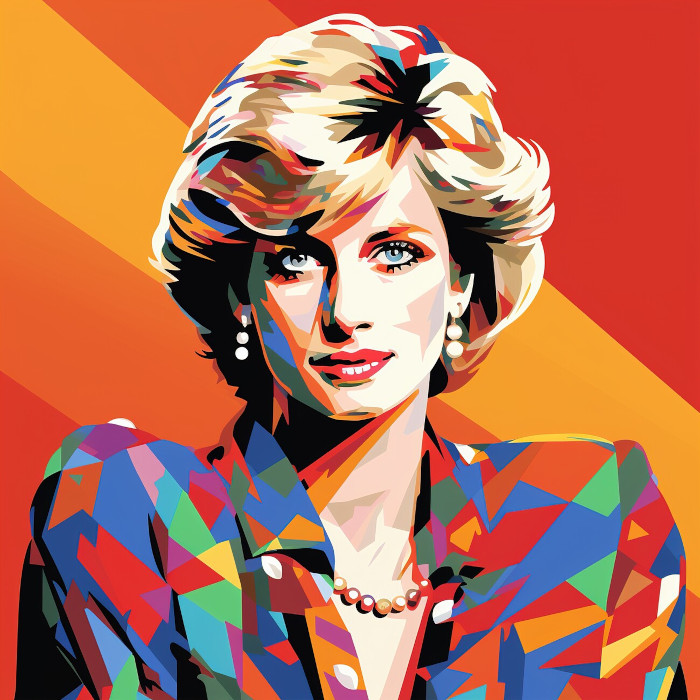Pop Art

Pop Art emerged in the 1950s and reached its peak in the 1960s, challenging traditional notions of art by incorporating imagery from popular culture and consumerism. Artists like Andy Warhol, Roy Lichtenstein, and Claes Oldenburg were key figures in the Pop Art movement, creating works that celebrated everyday objects and mass media icons. Pop Art was a reaction against the abstract expressionism of the preceding decades, aiming to democratize art and blur the boundaries between high and low culture. By appropriating imagery from advertising, comic books, and consumer products, Pop artists sought to critique society's obsession with mass consumption and celebrity culture.
Collectors are drawn to Pop Art for its bold colors, graphic imagery, and social commentary. Works by iconic Pop artists, such as Warhol's Campbell's Soup Cans or Lichtenstein's comic book-inspired paintings, are highly sought after by collectors and institutions alike.
Newly Listed on eBay
Factors influencing the collectibility of Pop Art include the artist's reputation, the rarity of the work, and its condition. Limited edition prints, signed pieces, and works with provenance from notable collections or exhibitions tend to command higher prices in the art market. Notable Pop Art pieces include Warhol's Marilyn Monroe portraits, Lichtenstein's comic strip paintings, and Oldenburg's oversized sculptures of everyday objects. These works encapsulate the spirit of the Pop Art movement and continue to captivate collectors with their visual impact and cultural significance.
Preserving Pop Art involves proper framing, storage, and display to protect against damage from light, humidity, and temperature fluctuations. Collectors often consult with conservators and art professionals to ensure the longevity of their prized Pop Art pieces.
